It is no secret that the Noble FoKus is my favorite TWS line of headphones, each new iteration representing a step up in performance continually raising the bar for what can be achieved with the TWS format, and combined with their Noble FoKus App featuring Audiodo’s sound personalization software, which allows for automatic personalized tuning to match your individual hearing, produce unparalleled sound quality. So it was with great anticipation that I awaited the opportunity to review their latest offering the Noble FoKus Rex5 TWS IEM.
The Noble FoKus Rex5 TWS IEM
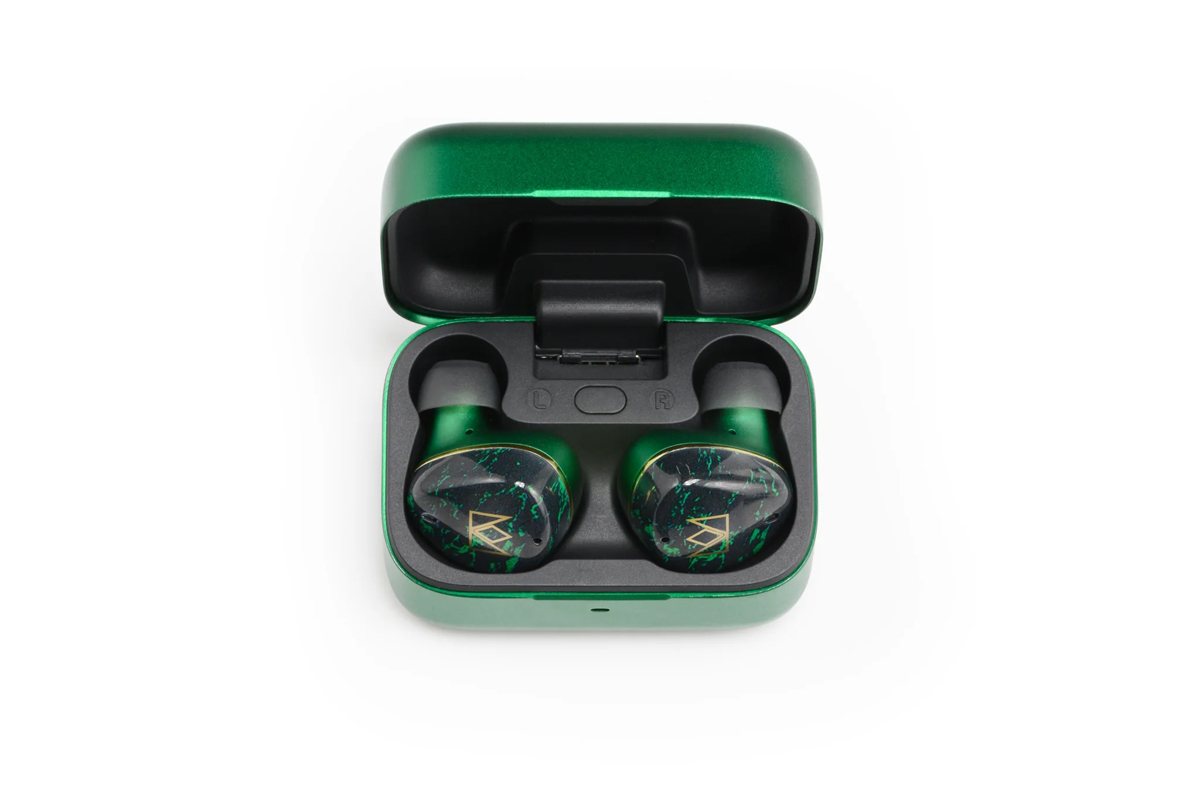
The Noble FoKus Rex5 TWS IEM comes in a beautiful emerald green metallic finish with emerald green and black tiger patterned end caps and an emerald green metallic charge case. It sports an incredible five-driver configuration including a 10mm dynamic driver, a precise 6mm planar driver, and three balanced armature drivers boasting an extended frequency range of 20Hz to 40kHz and LDAC support to make that possible, as well as, aptX Adaptive. Bluetooth 5.4 with multipoint connectivity is employed by the Rex5 and the Rex5’s 3091 chip features onboard memory allowing for independent storage of EQ settings making the Noble App unnecessary for listening after initial configuration. Fast charging requiring just 15 minutes of charge time for two hours of playtime and a battery life of up to seven hours playback without ANC (5 hours with ANC) is incorporated into the Rex5, and the charging case provides an additional 35-40 hours of power when on the go, ideal for traveling. Noble’s epic ANC technology makes the Rex5 ideal for use outdoors or in noisy environments and the Transparency mode is available when it is important to be aware of one’s surroundings.
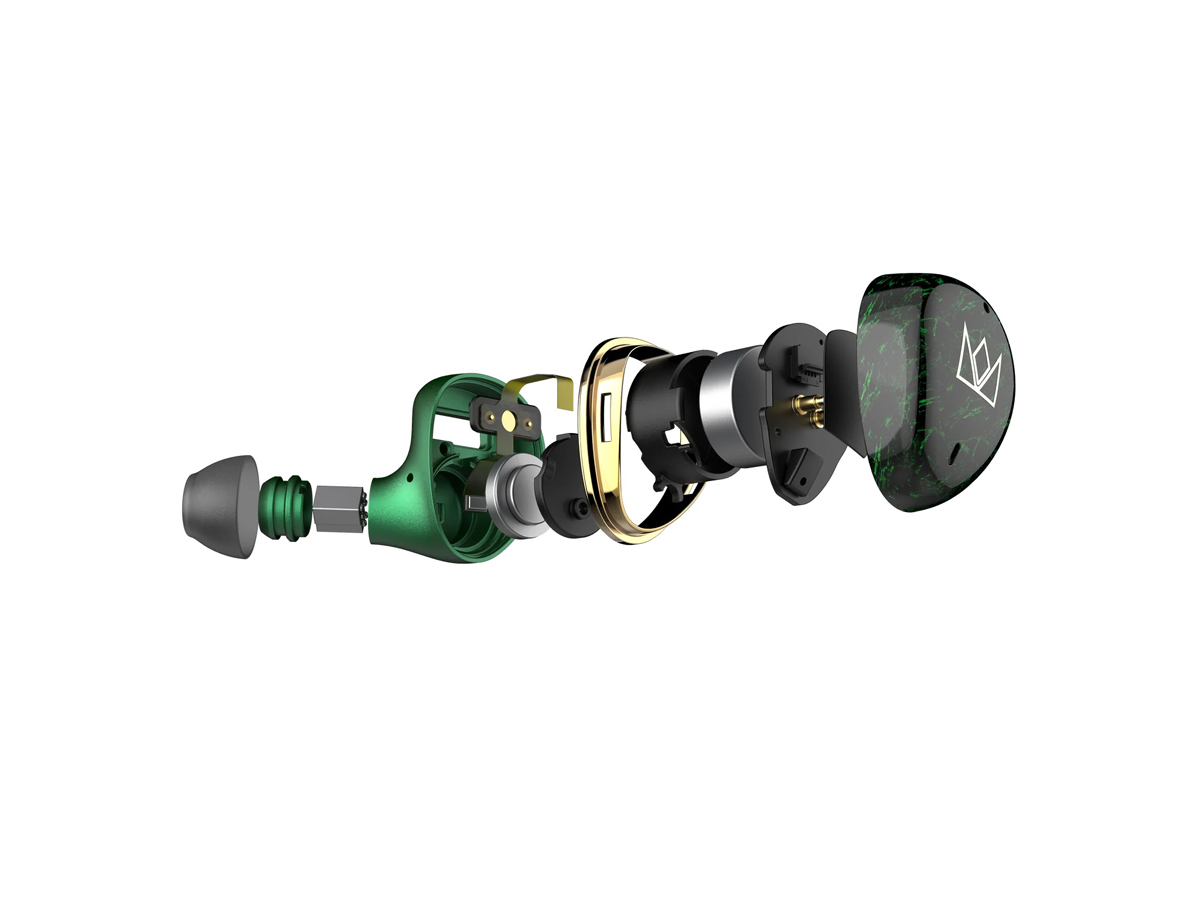
For accessories, the Noble FoKus Rex5 comes with a velour carrying bag large enough to accommodate the tiny charge case, a USB C charging cable, and a selection of 10 pairs of ear tips, including 3 double flange and 3 screened ear tips along with 4 sizes of convention silicone ear tips.
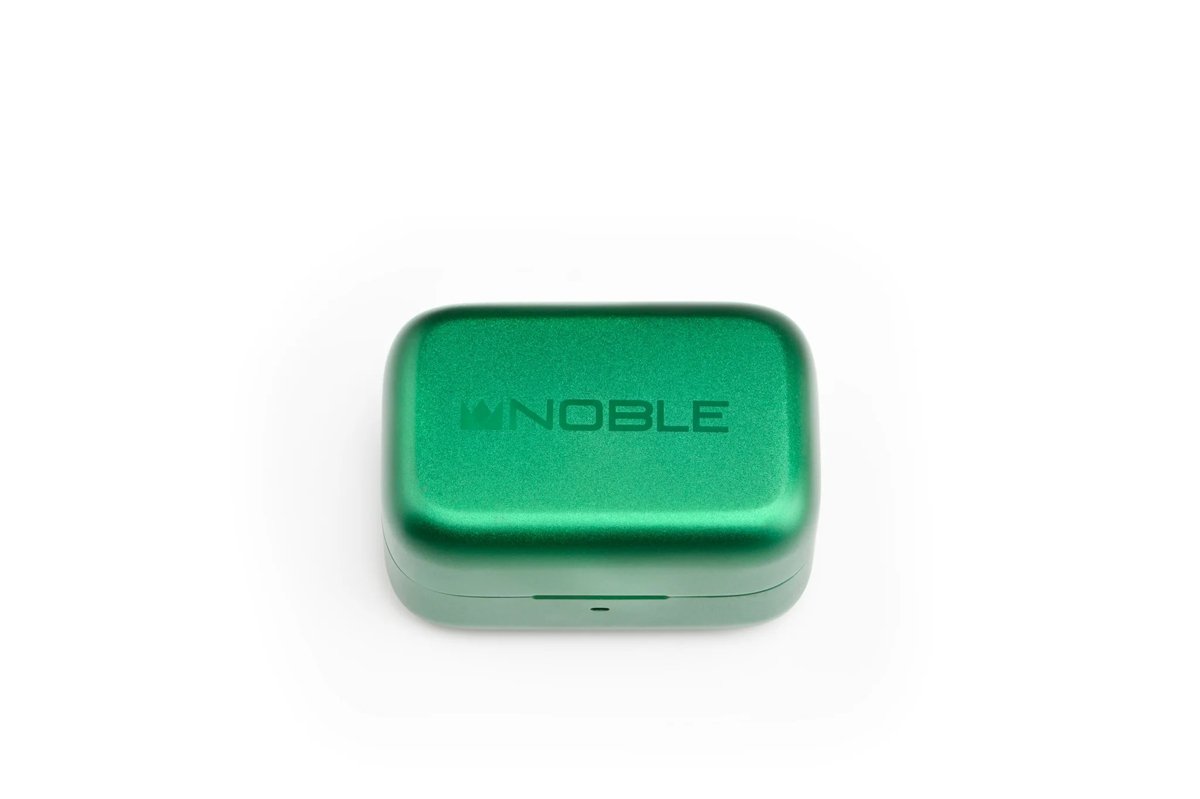
Living with the Noble FoKus Rex5 TWS IEM
I burned in the Noble FoKus Rex5 TWS IEMs for about a week and a half, as this meant frequent breaks for recharging I can’t say how many specific hours are on them, but enough to make a fair evaluation of them.

I began my listening tests with the medium-sized silicone tips that were already fit to the Rex5 as these seemed to have a decent seal. Cueing up Mogwai’s new album “The Bad Fire” (24-bit/44.1kHz – Qobuz) and launching the Noble FoKus App on my Motorola Edge Plus 2023 smartphone running the LE Audio codec in order to have direct control of the ANC. I noted that like the Noble FoKus Apollo, the ANC causes a slight dip in the bottom end when turned on which is rich and full, offering real impact with the percussion. There were excellent dynamics and clarity in a good-sized soundstage

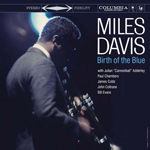
Next up was “Lucid Dreams” (24-bit/44.1kHz – Qobuz) by Chihei Hatakeyama which was listed as Chamber Music but opened with an ambient synth passage called “Overflowing” and turned out to be Electronica apparently mislabeled, which while interesting didn’t offer much enlightenment so I moved on to “Birth of the Blue” (24-bit/192kHz – Qobuz) by Miles Davis which was presented as if in a large nightclub, extremely neutral in tonal balance, with a solid impactful bottom end. The piano was very Steinway in timbre and attack mellow and delicate, the horn was crisp and smooth at the same time. The imaging was exceptional with the piano on the left, and the upright bass and drums on the right, the trumpet in front of the piano, and the sax in front of the bass. You could easily picture the band on a stage in front of you, this sounded very much like a live performance rather than something cobbled together in a studio from individual performances.
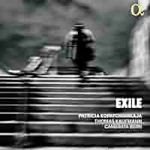
Taking another stab at Classical I selected “Exile” (24-bit/96kHz – Qobuz) featuring Patricia Kopatchinskaja, Thomas Kaufmann, and Camerata Bern. “Kugikly for Violin and Ukrainian and Russian Panpipes (Arr. For String Ensemble by Jonathan Keren)” was a lively Celtic sounding piece opening with a myriad of competing string solos. The resolution was impressive and the soundstage was massive. The timbre and tonality of the different instruments appeared to be spot on.

The sense of space and depth was further evidenced listening to Cymande’s “Renascence” (24-bit/48kHz – Qobuz) a contemporary exploration into Funk and Soul. There was real snap to the percussion which dominated the opening track “Chasing An Empty Dream”. The clarity of the vocal was astonishing standing out against the orchestra, bass, and percussion.
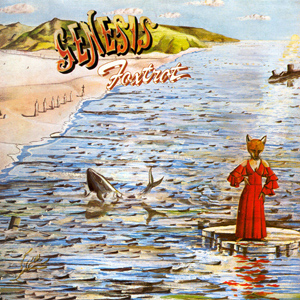
Switching sources in order to judge performance with LDAC I brought up my regular play list and chose my sub-bass test track “Can Utility and the Coastliners” (“Foxtrot” – Genesis – DSD) which once again demonstrated a neutral tonal balance with strong deep bass and extreme dynamics.
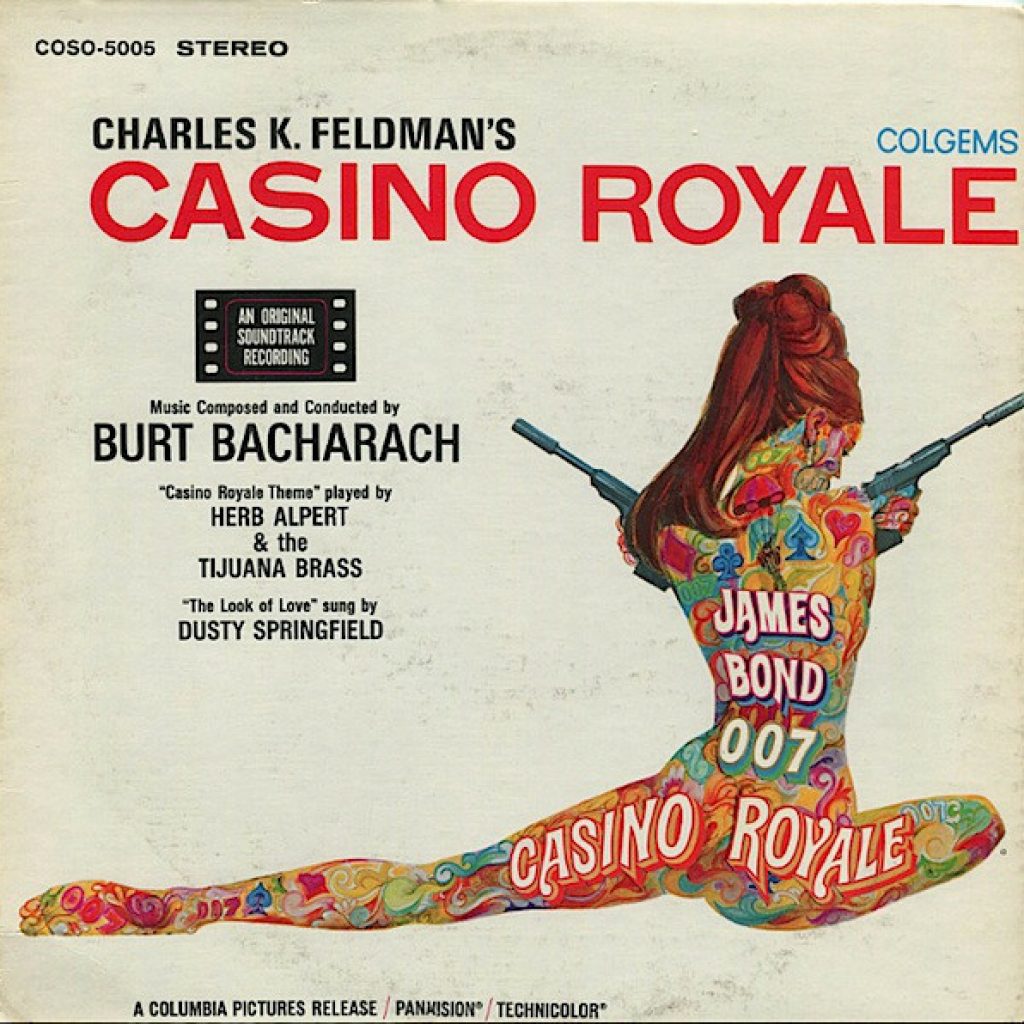
To take full advantage of LDAC I put on “Casino Royale Theme” (“Casino Royale” – Herb Alpert & the Tijuana Brass – 24-bit/192kHz) and was not disappointed the Rex5 delineating the different horns with an in-the-room presentation without undue harshness.
Moving back to my phone I tested out the ANC which handily silenced my heating system and refrigerator motor.

Next, I wanted to try the different eartips to see if they provided a change in timbre. For this test, I used “The Song Is Over” (“Who’s Next” – The Who – 24-bit/96kHz – Qobuz). After getting a baseline sound with standard silicone tips I traded out for the double flange which provided a slightly hotter midrange and lighter bottom end. The musicality increased a bit with the screened tips which gave the most satisfying experience of the three different tips so I decided to continue with them for the rest of my tests.
Opening the Noble FoKus App I selected “Personal EQ” to try out the Audiodo Sound Personalization Software. This proved to be a different process than I experienced with previous FoKus headphones, testing each ear individually, the results were rather interesting and did seem to improve the sound though I did decide to take a second test when my ears were more rested. The results of my second test were very interesting, while the results of my initial test showed a similar curve for both left and right ear with my left ear being about 5 dB more sensitive than the left, in a rested state my right ear flattened out a bit and high-frequency hearing sensitivity increased significantly on both, which is something I expected hence the second test.
Oddly enough, unlike my previous experimentation with older versions of the personalization software, I actually preferred the sound with the EQ engaged, creating a smoother more musical presentation. One significant advantage of the personalization software is that you can set up separate profiles for with ANC and without ANC correcting for the slight tonal balance change caused by the ANC software.
I also played with the 10 band EQ presets and the Curve EQ, these appear to be independent from the personalization software meaning that you can first EQ to your hearing then fine tune to your taste.
Conclusions on the Noble FoKus Rex5 TWS IEM
Once again, in the Noble FoKus Rex5 TWS IEM, Noble has made a TWS IEMs to put all others to shame making what is probably the best sounding TWS IEM to date, though obviously there are aspects to my Noble FoKus Prestige TWS IEMs that still make them more desirable, on the other hand, I would be more likely to use the Rex5 on a daily basis.
While there are TWS modules to convert any IEM to TWS, the combination of Noble’s amplifier, ANC module, size and weight, as well as the Noble FoKus App with its Audiodo Sound Personalization Software make the Rex5 a much more attractive proposition offering extreme dynamic range, high-resolution playback, multi-platform compatibility, excellent timbre and tonal balance, fantastic soundstage and imaging, impactful bottom end, not to mention rather remarkable value for the money.
Though my Noble Viking Ragnars and Noble Katanas with a high-end DAP will remain my first choice for travel use, Noble FoKus Rex5 is my preferred solution for use with a smartphone and therefore has earned two thumbs up and a hearty recommendation, congratulations to Noble Audio on another job well done hitting it out of the park.
Price: $449
Manufacturer’s Website: https://nobleaudio.com/collections/wireless-monitors/products/noble-fokus-rex5
Specifications:
Drivers: 5 (1 x 10mm dynamic, 3 Balanced Armature, 1 x Planar)
Frequency Range: 20Hz to 40kHz.
Battery Life: up to 7 hours of playback without ANC and 5 hours with ANC activated (earbuds; charging carry case – 35-40 hours)
Charging Time: Earbud = 1.5 Hours; Charging Case 2 Hours
Qualcomm® QCC3091 flash programmable Bluetooth® Audio SoC
Multipoint connection
Bluetooth 5.4
Audiodo integration
SBC, AAC, aptX Adaptive, LDAC
Range: ≥10m
Housing construction: aluminum and acrylic
Charging case: aluminum with wireless charging

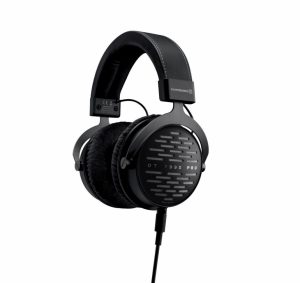
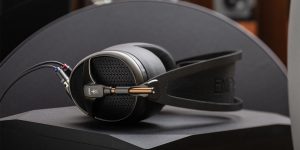
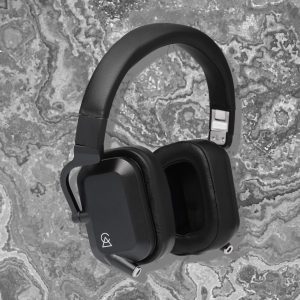
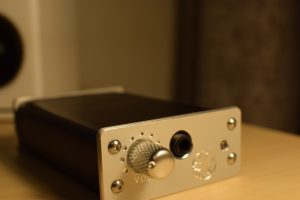
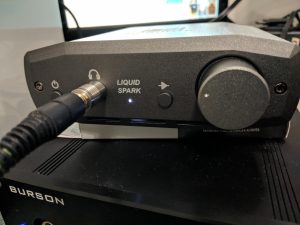
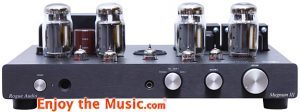
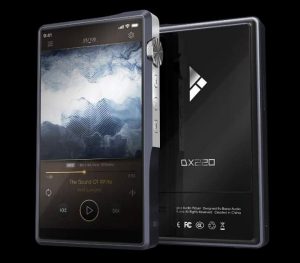
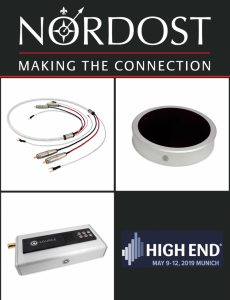





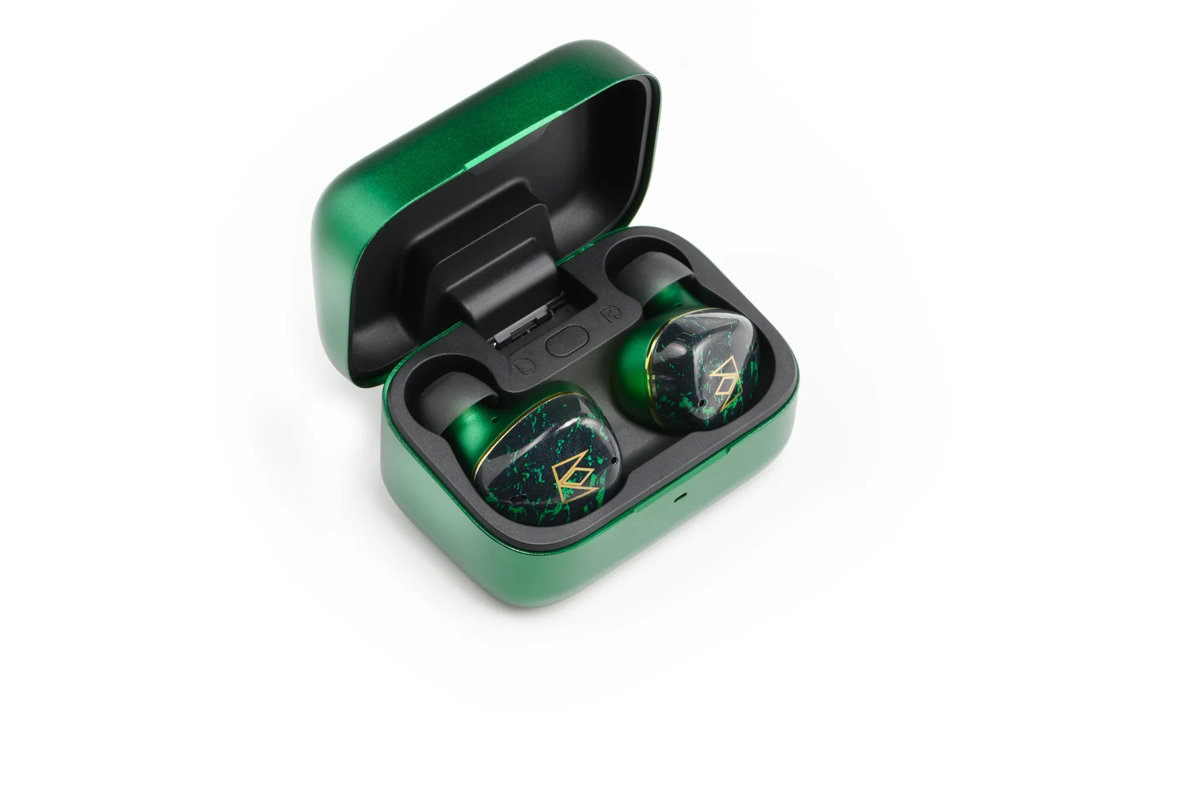
Want to join discussion?
Feel free to contribute!